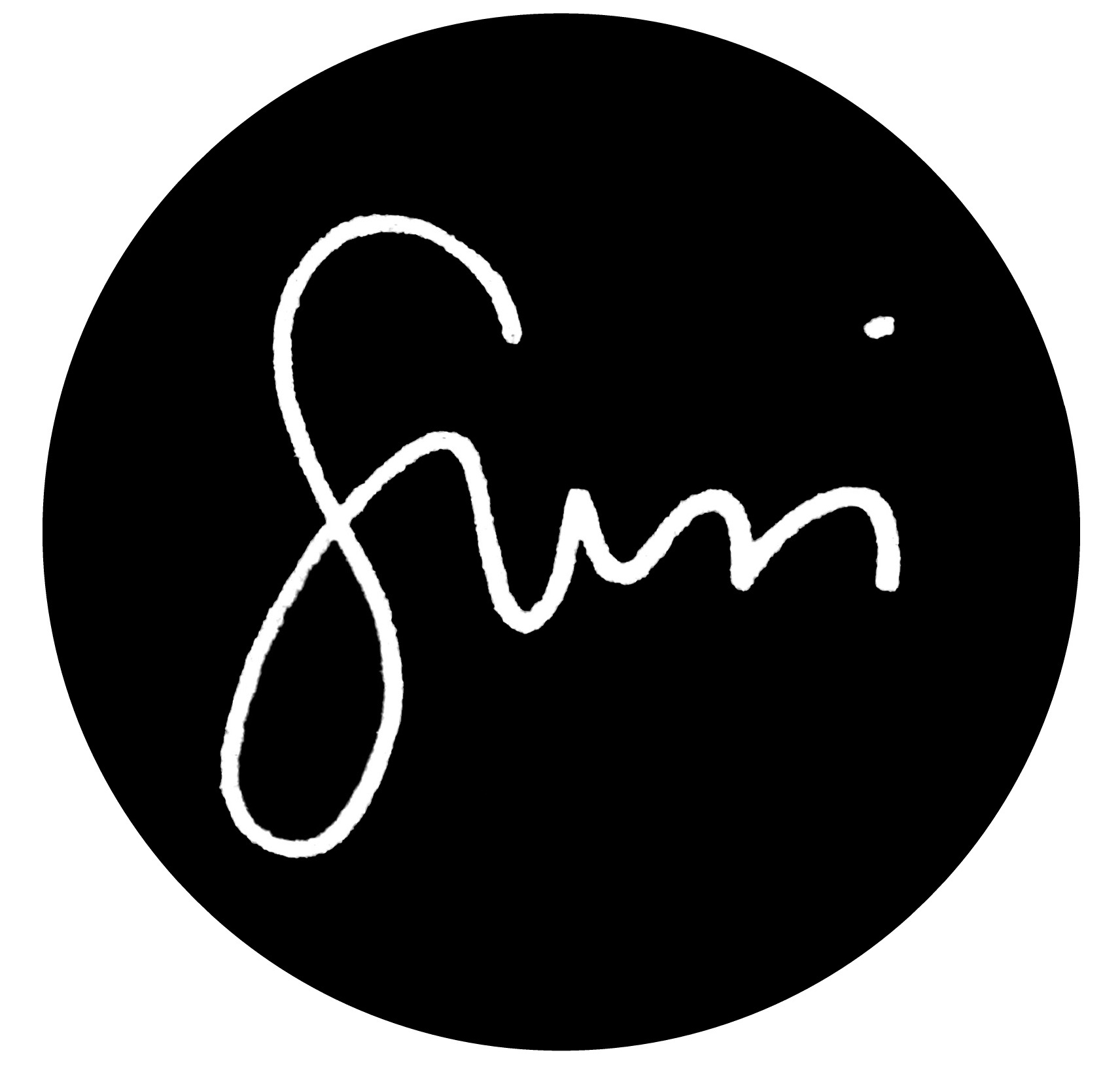Kaski is the Finnish word for slash-and-burn, an agricultural technique where a patch of forest is cut down and burnt to provide nutrients to the soil and then crops are grown on the land.
In an ideal situation the burned forest would be left to grow and replenish its nutrients for 30-40 years before using it again for agriculture. This is too slow, and the overuse of slash and burn has many negative impacts on the environment over time: forest loss, erosion, nutrient depletion and loss of biodiversity.
Slash-and-burn is an apt metaphor for the state of the world today. Humanity is fed by burning the planet – with irreversible consequences.
The pieces are made by enameling the surface of a cross-section of a tree. It is a combination of materials that are not meant to work together, but they are forced to do so. To enable the enamel to stick on to the wood requires the wood to be burnt.
The process requires a balance. Overdo it, and the whole piece is ruined. But when done right, the materials can work together.
And even then it is not perfect. Little pieces of ash and enamel chip off easily, disturbing the idea of a finished piece being static, neat and unchanging.
















